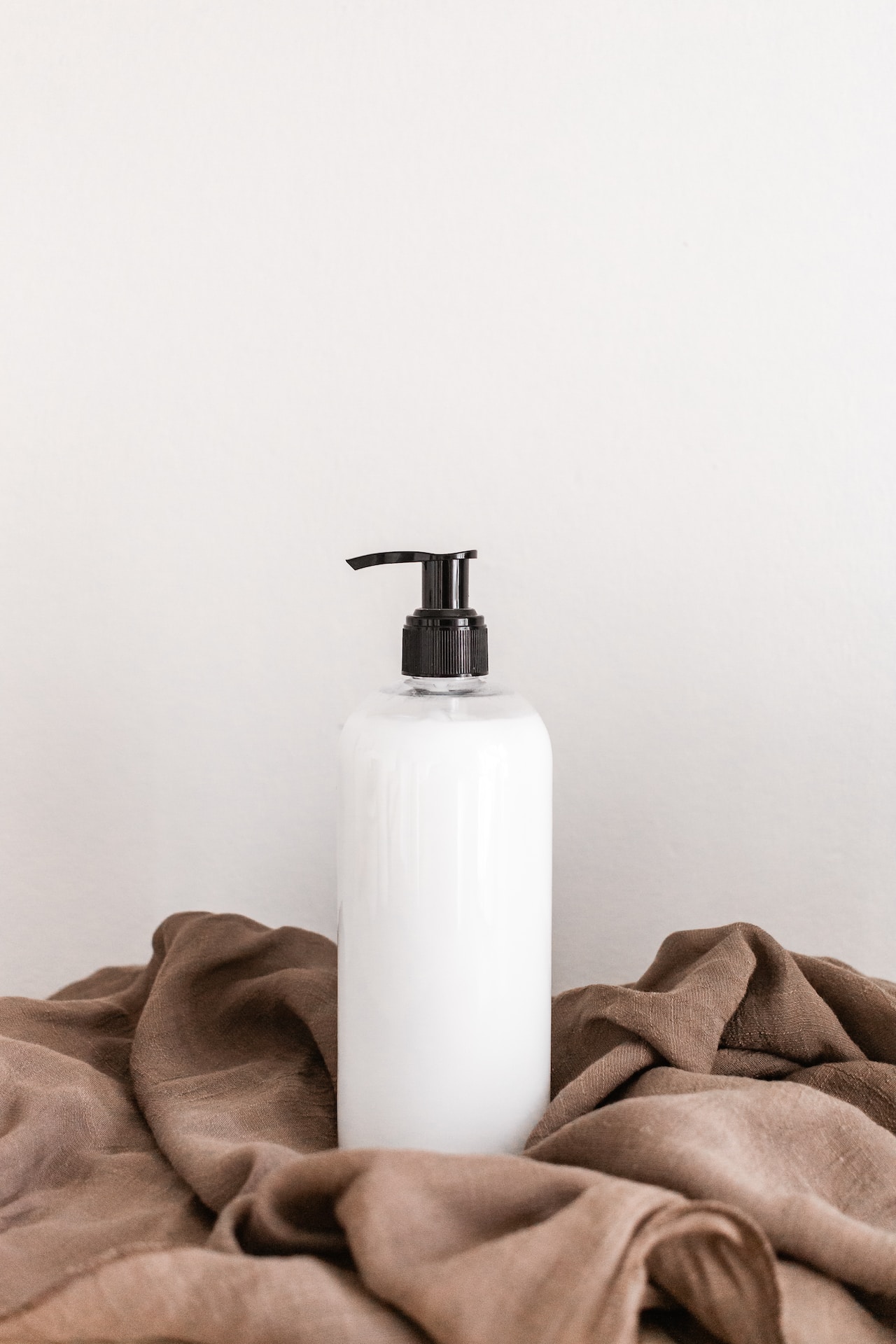What Paint Do I Mix to Make Skin Color?
- by admin


Creating a realistic skin tone is essential for portrait artists, whether you work with acrylic, oil, or watercolor paint. Achieving the perfect skin color requires a mix of various pigments to capture the subtle tones, shadows, and highlights present in human skin. In this article, we will explore the different paint colors you can mix to achieve a realistic and lifelike skin tone.
Primary Colors for Mixing Skin Tone
Before diving into creating skin colors, let’s understand the primary colors you will need for mixing. The primary colors required for most skin tones are:
- Red: A warm, earthy red such as Magenta or Cadmium Red;
- Yellow: A light yellow shade such as Cadmium Yellow or Lemon Yellow;
- Blue: A cool blue like Ultramarine Blue or Cerulean Blue.
Light Skin Tone
To create a light skin tone, start by mixing equal parts of yellow and red. This will give you an orange base. Slowly incorporate small amounts of white until you achieve the desired lightness. Add a touch of blue to neutralize the orange hue, especially in areas with shadows or undertones.
For more depth and realism, consider mixing in small amounts of other colors such as burnt sienna or burnt umber. These earthy tones can help capture the subtle variations in skin color.
Medium Skin Tone
For a medium skin tone, begin with a yellow and red mix, similar to the light skin tone. However, incorporate slightly more red to give it a slightly deeper hue. Gradually add white to lighten the color and blue to neutralize any warmth.
As with light skin tones, adding small amounts of burnt sienna, burnt umber, or even a touch of green can help capture the complexity of medium skin tones.
Dark Skin Tone
Creating a realistic dark skin tone requires a slightly different approach. Start with a mixture of red and blue to create a deep purple base. Gradually add yellow to warm the color and white to lighten it. Adjust the proportions until you achieve the desired richness and darkness.
Adding hints of other colors, such as raw sienna or a touch of green, can enhance the depth of dark skin tones.
Tips for Achieving Realistic Skin Tones
Mixing paint to create realistic skin tones can be a challenging endeavor. Here are a few tips to help you along the way:
- Observe: Take time to study and analyze different skin tones in natural light. This will help you understand the nuances and color variations that exist.
- Experiment: Don’t be afraid to mix different colors and experiment. Remember, every individual’s skin is unique, and your mixtures may vary depending on the subject.
- Layering: Layering thin glazes of paint can help build depth and translucency in your skin tones. Gradually build up the colors, allowing each layer to dry before adding the next.
- Practice: Creating realistic skin tones takes time and practice. Don’t get discouraged if your initial attempts don’t yield the desired results. Keep experimenting and refining your technique.
With practice and perseverance, you will develop a better understanding of mixing skin tones and create lifelike portraits that capture the beauty and uniqueness of human skin. Remember, every portrait is an opportunity for growth and improvement.
How to Mix SKIN TONES with Oil Paint: ONE Tube Color + B&W
Creating a realistic skin tone is essential for portrait artists, whether you work with acrylic, oil, or watercolor paint. Achieving the perfect skin color requires a mix of various pigments to capture the subtle tones, shadows, and highlights present in human skin. In this article, we will explore the different paint colors you can mix…
